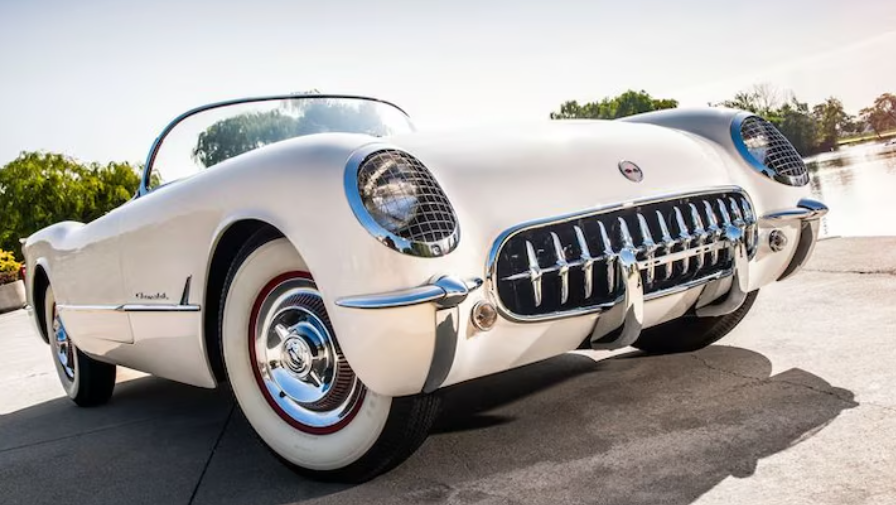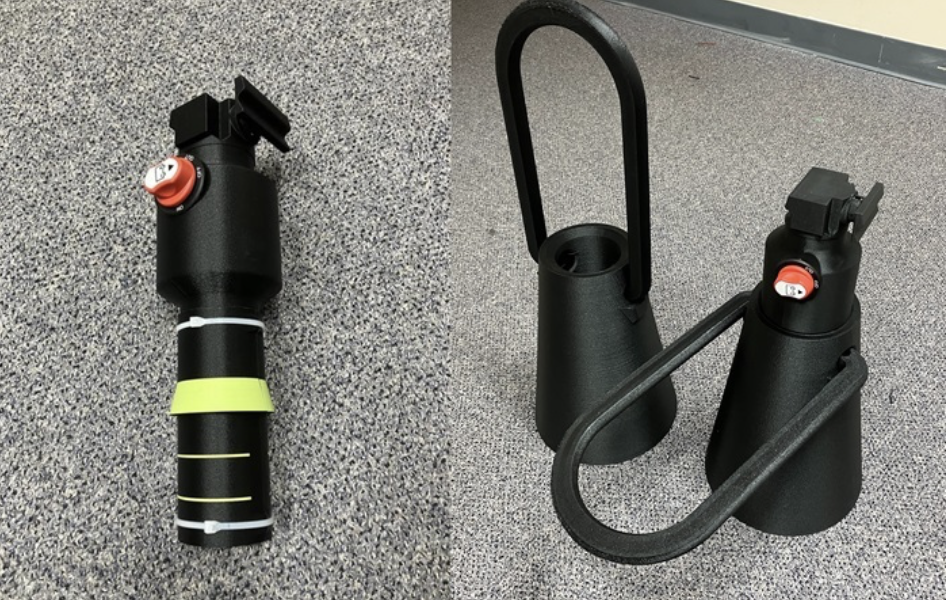The legendary Corvette marque is celebrating 72 years of burning up America’s roadways and is currently in its eighth-generation with the mid-engine C8.
Most people believe that the ‘Vette is America’s first sports car, only, it wasn’t.
That distinction goes to the 1951 Nash Healey; however, even with a somewhat rocky history, especially during the “Malaise era,” the Corvette has certainly won the race for longevity.
The ‘Vette was the brainchild of venerable 1950s designer Harley Earl, who was responsible for the first concept car and the first cars with tailfins. Earl created the ‘Vette as a response to Ford’s Thunderbird and while he meant to deliver a “sporty” car, he wasn’t necessarily intent on creating a “sports car” per se, and he certainly wasn’t trying to build a race car.
In fact, the T-Bird wasn’t designed to be a sports car either, rather, it was marketed as a “personal luxury car.”
Really, according to Johnny Eison of the Peterson Auto Museum, who produces videos for the museum, both Chevrolet and Nash Healey were late getting into the sports car craze that originated with GI’s coming home from Europe after World War II.
“They had seen the MGs and Triumphs and were looking for the thrill and excitement they experienced during the war,” Eison said.
When the first Corvettes rolled off the assembly line, motorheads were impressed by the styling and the fact that it was the first all fiberglass production car; but, the GI set wasn’t excited and for the first couple of years, it became the butt of jokes that it was the car for the man whose bank account saw more action than his libido.
That assessment really wasn’t fair, at 155 horsepower on an extremely light chassis, the car didn’t underperform like a man in his 50s before Viagra, it just wasn’t built to be a race car. The first cars came with the “blue Flame” 6-cylinder engine and an automatic transmission.
By 1955 or so, Chevrolet got more serious about performance and the ‘Vette came within a hair of getting the mid-engine treatment; that would not come to pass, though, until 2020.
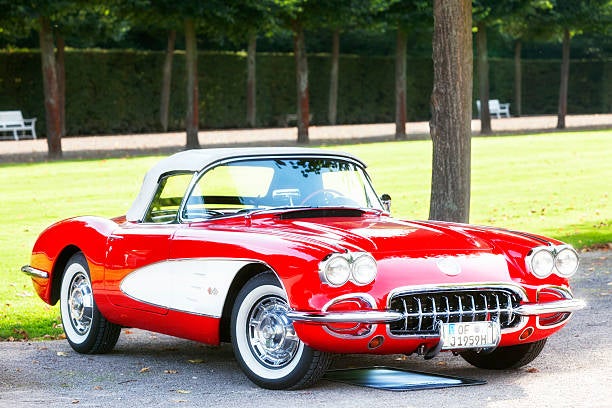
Unlike teenagers of the time who would strip out and create a hot rod out of an old 1930s Ford, making themselves a street rod for about $300, the GIs wanted a factory car that they could take to the track on the weekends and they had saved up enough money while in the military to buy virtually any car they wanted.
Not everyone was disappointed, one just had to know how to order the car.
Jay Leno, in one of his Jay Leno’s Garage episodes, shows off a 1955 ‘Vette that one soldier ordered while still stationed in Korea and timed the delivery for when he was to be shipped back to the States.
The silver Corvette with an orange interior, according to Leno, was ordered without anything that wasn’t essential that could add weight. He had it ordered without the soft top, meaning it really could not be driven in the rain, and it came ordered without a radio, heater or even courtesy lights.
The soldier wasn’t being frugal, he wanted a race car that was barely street legal.
Leno’s car’s original owner ordered the car with the 283 V-8 equipped with twin 4-barrel carbs and a 4-speed transmission that had enough torque to snap one’s neck. It truly was a car that would pass everything on the road except a gas station.
He probably won a few bets at the track.
Perhaps it was customers such as these that ignited the minds of Chevy designers and slowly, the corvette morphed into the performer that it is today. Aside from some misfires like the 1979 Corvette L48, which was underpowered due to government-mandated emission standards, the car has only gotten better year after year.
The real first American sports car was not built to be a performer either. In fact, the 1951 Nash Healey Lemans Coupe also suffered from style over substance, with an engine that produced about the same horsepower as the original Corvette.
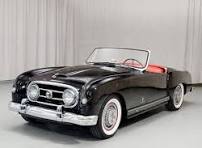
Nash Healey’s reason for developing their sports car was different from the motivations over at General Motors. Nash was known mainly for low-priced compact cars, so the idea was to create a “halo” car to drive traffic to their dealerships.
The car had a starting price of around $4,000, the same price as a top of the line Cadillac, so it was hoped that people would come to the showroom to see the Lemans Coupe and leave with something more practical. It is hard to believe someone would go to a dealership to see a sports car and walk out with a Rambler, but that was the idea behind the original Thunderbird, so the scheme must have worked.
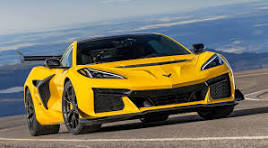
After the second year, Nash Healey decided to go full-scale European by bringing in Italian design house Pininfarina. However, this was likely the mistake that doomed the car.
The 1953 version of the car had the headlights placed inside of the grill, making the car almost look “cross-eyed,” and the showroom gawkers dried up. Just one year later, in 1954, Nash-Kelvinator, merged with Hudson Motor Car Company to form American Motors Corporation (AMC) and the Lemans Coupe was dropped from the lineup.
So, the ‘Vette wasn’t the first American sports car, but few other examples of Detroit steel have become cultural icons the way that the Corvette has.
Scott Hudson is the Senior Investigative Reporter, Editorial Page Editor and weekly columnist for The Augusta Press. Reach him at scott@theaugustapress.com

